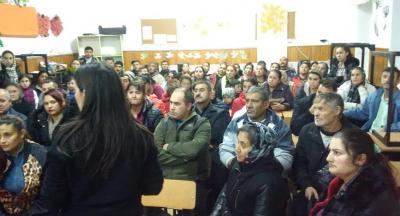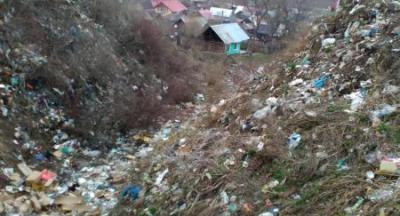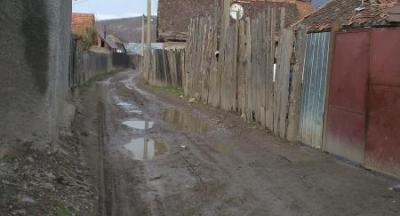Sacele
*Disclaimer: The information and views set out in this page do not necessarily reflect the official opinion of the Council of Europe and/or the European Commission. Neither the Council of Europe, the European Commission nor any person acting on their behalf may be held responsible for the use which may be made of the information contained therein.
Last update: 12/01/2017
Sacele is a city from Brasov County, situated at 15 kilometers from Brasov municipality, being practically adjacent to the resident city of Brasov. According to the 2011 census, the town has a population of 26.907 from which 75.1% are Romanians, 23% Hungarians, 1.2% Roma and 0.2% Germans. The Roma community is settled at the margin of the city, in Garcini Neighborhood, a marginalized community with 10.000 citizens, according with local leaders. From 2016, when a new mayor was elected, in Sacele Municipality was created a Department for Monitoring Problems of Roma.
The main problems faced by the community are:
- Infrastructure problems (such as: sewage, plumbing, lightning, not asphalted streets)
- Education problems (about 23% dropout from school, low level of education for employment)
- Health problems (no medical cabinet in the community)
- Property and ID problems, lack of money and high rate of unemployment.
The ROMACT Process
ROMACT process started on October 2016. The Community Action Group (CAG) identified some of the short/medium/long-term needs and measures:
| Priorities | Objective 1 | Objective 2 | Objective 3 |
|---|---|---|---|
| Education | Building a new school | Develop Second chance and School after school programs | Providing free bus transport for children |
| Health | Building a cabinet or a community center with a health department | Organize campaigns regularly (vaccination, hygiene, early marriages prevention etc.) | Health and care education program for mothers and children |
| Infrastructure | Create social houses for people with low/no income | Bring water, sewerage and asphalt in the Roma neighborhoods | Creating a system for collecting household waste |
| Other | Workshops for health education, working groups, activities complementary to the educational act, personal skills | Build a cultural and sports center (for adults, young people and children) |
Trainings/expertise provided for the local administration:
-Applying for European Structural Funds
-Support for strategy application 5.1 – community led local development strategy
Activities involving the community action group:
-Training on community development and civic participation
-Coaching on accessing micro-grants
Results:
The Local Development Strategy of the Garcini Community, Sacele Municipality was submitted with ROMACT experts support and had the highest score in the preliminary evaluation and selection stage of Local Development Strategies (SDL) proposed to be funded under the DLRC mechanism (Local Development under Community Responsibility). Under the strategy, in Garcini neighborhood and surrounding areas, investments amounting to approximately 7 million euros will be made (money coming from European funds). 10 members of the CAG are also members in Local Action Group Garcini Association.
Some of the most important investments:
- -the establishment of a socio-medical center;
- -the setting up of a Multifunctional Educational Center for Vocational Training;
- -apprenticeships and awareness campaigns in order to facilitate access to and maintain an active labor market;
- -the construction of a specialized center to support the economic activities of the community members within a social economy structure;
- -the expansion of water supply and electricity grids;
- -the creation of spaces for leisure and community activities;
- -cadastral works;
- -social houses construction.



